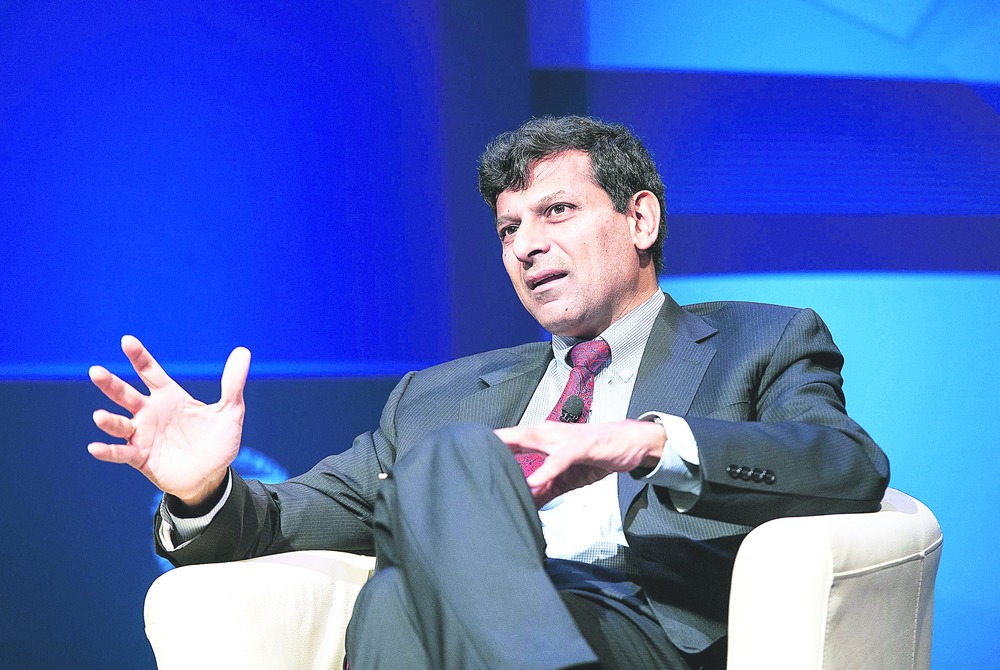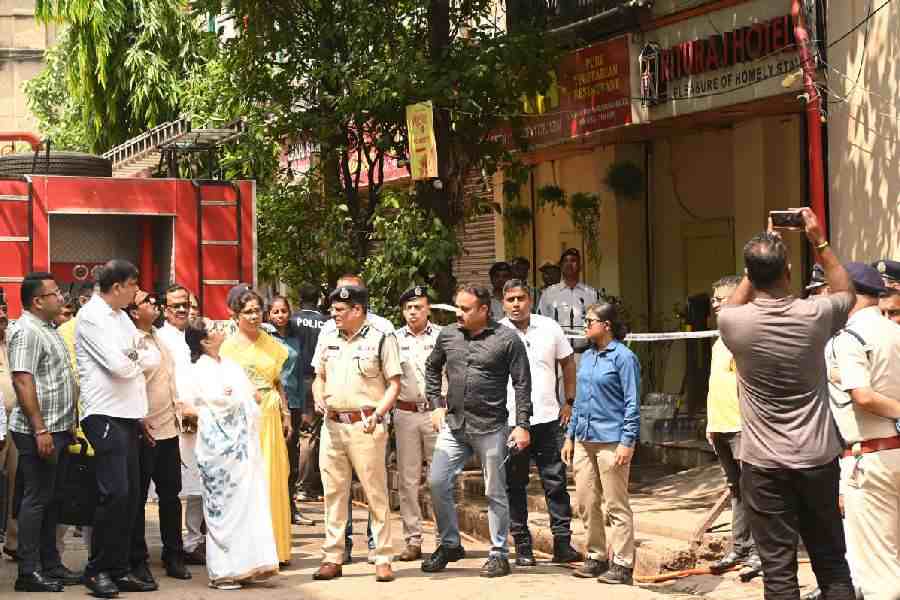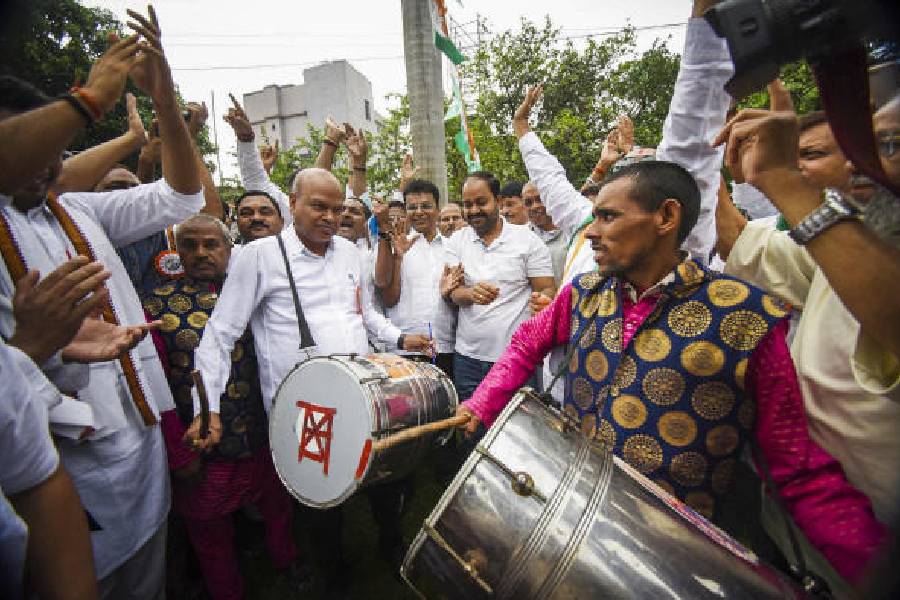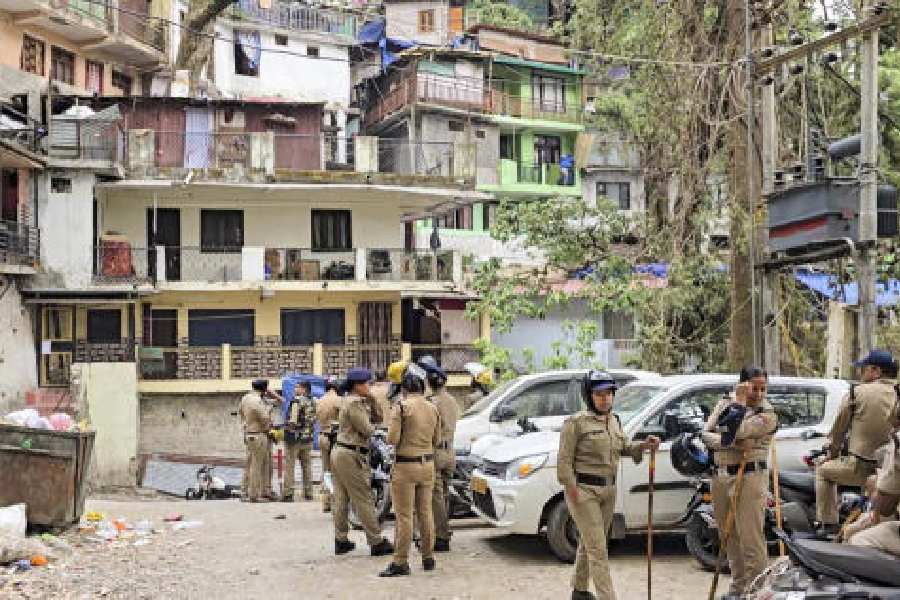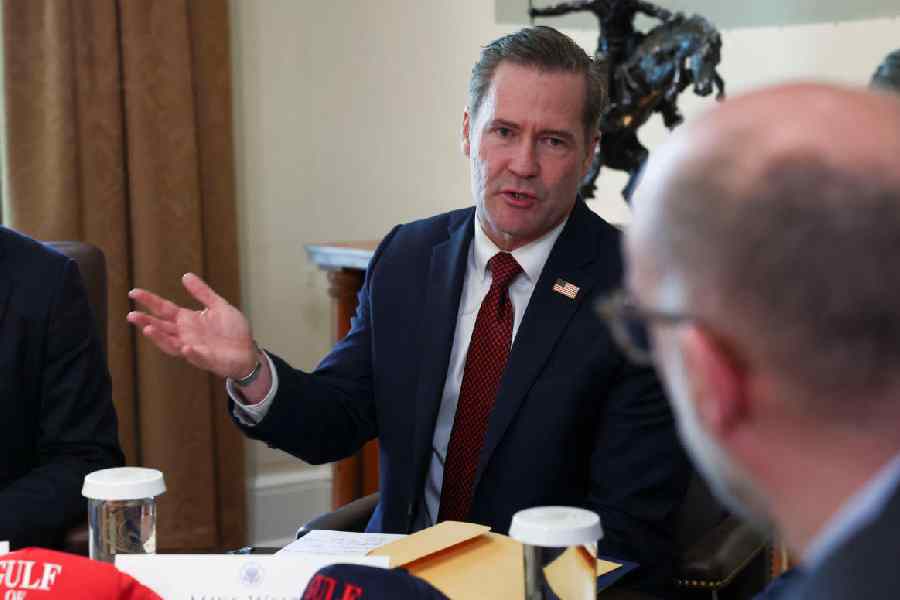
BJP MP
The year was 2005, and the atmosphere was celebratory at a gathering of banking experts in Jackson Hole in the United States. There was much back patting at the send-off party for the chairman of the US Federal Reserve, Alan Greenspan. And then one man went and spoilt it all.
Raghuram Rajan, then the chief economic adviser to the International Monetary Fund (IMF), in a paper presented at the conference, pretty much blamed Greenspan for a crisis that he felt was brewing, thanks to an ill-regulated banking system.
Coming at a time when the world economy was supposedly in the best of shapes, the reaction among the assembled people was sharp. "I exaggerate only a bit when I say I felt like an early Christian who had wandered into a convention of half-starved lions," Rajan writes in his book Fault Lines: How Hidden Fractures Still Threaten the World Economy. "As I walked away from the podium... I felt some unease. It was not caused by the criticism itself... Rather it was because the critics seemed to be ignoring what was going on before their eyes."
In three years, as many countries were engulfed by a huge banking crisis, Rajan was hailed as the oracle of world economy.
The year is 2016, and Rajan - the governor of the Reserve Bank of India (RBI) - is once again creating a stir. Bharatiya Janata Party member of Parliament Subramanian Swamy has called for his removal. Rajan, whose term comes to an end in September, has reportedly said he is not going to seek an extension. But Swamy's broadside against Rajan continues.
"The growth rate of the small and medium industry is negative. Even agricultural growth is below zero. As a professor of finance he ought to have known this would be the inevitable consequence of high and rising interest rates. Hence, his policy was anti-national in intent," Swamy says.
In 2003, Swamy and Rajan were to have met in Washington on the sidelines of a conference organised by the IMF. But a sudden snowstorm stalled the meeting. The two finally met in 2007.
"We were sitting next to each other on a flight from Chennai to Delhi. He wanted to invite me to speak on China at the Indian School of Business, Hyderabad, but the invite never came," Swamy grumbles. Rajan is the founding member of the academic council of the business school.
It is unlikely that Rajan is going to call him for a talk on any subject anywhere in the near future. For the present, the governor is busy with work - reaching his sprawling office on the 18th floor of the RBI building in Mumbai at eight in the morning almost every day, well before others. And he is not, on the face of it at least, greatly bothered about the attack.
"The governorship of the central bank is not meant to win one votes or Facebook 'likes'. But I hope to do the right thing, no matter what the criticism, even while looking to learn from the criticism," Rajan had said in his first statement after becoming RBI governor in 2013.
That was during the second term of the United Progressive Alliance government. But Rajan had impressed the then Prime Minister Manmohan Singh with his writings on issues dogging the banking system way back in 2007. Subsequently, Rajan was invited to a few meetings in Delhi on economic issues. And soon, the Planning Commission had set up a committee on financial sector reforms under him.
A former finance ministry official says that Rajan was brought to India in 2012 with the offer of the RBI governorship, but since the then governor, D. Subbarao, was still in office, he was appointed the chief economic advisor to the finance minister, a post he held till Subbarao retired in 2013.
RBI chiefs tend to be superannuated, bespectacled men with receding hairlines. Rajan was 50 when he was made governor, and, with his unruly mop of hair and athletic body (he is a keen squash player), was given a welcome usually accorded to superstars by the media.
"The guy's put 'sex' back into the limp Sensex," columnist Shobhaa De wrote.
The economy, however, was far from rosy when he took up the post. The stock markets were in a free fall, inflation was high and the rupee had plummeted. "Rajan had to bring down inflation, which he did with amazing competence," economist Meghnad Desai says. "He has been preparing a road to modern economy for India."
Banking expert Krishnamurthy Subramanian, one of Rajan's former students who has also been on an RBI committee, says that doing "the right thing" is at the centre of Rajan's philosophy. During discussions on policies, when questions arise on whether a step being proposed would be politically palatable, Rajan's reply is predictable.
"He would always say, 'We will do what is right. None of us depends on this job'," Subramanian says.
Among the first steps he took was to increase the repo rate - the interest rate at which the RBI lends to banks - to rein in inflation. When the repo rate is low, banks also reduce their interest rates; when it is high, banks charge more.
Not surprisingly, Rajan is often described as an "inflation hawk" - somebody who is very conservative when it comes to decreasing lending rates unless inflation is low.
"When Rajan did something, the assumption in the finance ministry was that there was a strong reason for it," the former ministry official states.
Quite a few people seem to think so, too. Amul Butter advertisements revolve around a host of people and issues, but RBI governors have seldom figured in them. Rajan has been there twice. "Welcome Raghuramul Rajan," it said in 2013. Last month, it said in a new ad "Let Raghuramain! Second helping please!" in what was clearly a reference to his extension.
There's more. A petition on change.org urges Prime Minister Narendra Modi to extend Rajan's tenure as he has done "a great job" and not to listen to Swamy who "has been bullying and threatening him at large". The online petition has garnered around 60,000 signatures so far.
"I think there's something about his presence. Raghu commands respect, without having to tom-tom it," says Srinivas Shastri, a former batchmate at the Indian Institute of Management, Ahmedabad (IIM-A).
A major change that Rajan brought in as the governor was in 2014 when he replaced the age-old RBI policy of taking the wholesale price index (WPI) as a measure of inflation for policy decisions with the consumer price index (CPI).
"This measure was taken keeping common people in mind as inflation affects them the most and CPI is the right way of knowing the level of inflation. In fact, CPI is followed worldwide," says Mohandas Pai, formerly with Infosys and now the chairman of Manipal Global Education Services.
Pai, who heads the Don't-let-Rajan-go camp, believes that his stint has been "transformational" for the country. And he holds that it is Rajan's fight against bad loans that has queered the pitch for him.
"Banks were in denial about their bad loans. He has forced the banks to account for every single paisa and go after anybody who is not repaying loans. I think it is this that has hurt those with vested interests," Pai believes.
His critics, however, hold that when interest rates are low, the economy gets a boost because industries can take loans at cheap rates. Others disagree. "Industries are set up when it is felt that it will be profitable, not because of low interest rates alone," Pai says.
Some critics of Rajan are also uncomfortable that he speaks out on issues not related to banking. He spoke out against intolerance last October. He has also questioned government programmes such as its "Make in India" scheme, and India's supposedly robust growth rates. "In the land of the blind, the one-eyed man is king," he said, referring to the IMF describing India as a bright spot.
His friends are not surprised. "He is very diplomatic in making his views known, but also pulls no punches," says Anil Kashyap, a friend and colleague at Chicago University's Booth School of Business, from where Rajan is currently on leave.
Rajan's opinions - even critical ones - are delivered with a smile. His old teachers at the Delhi Public School, R.K. Puram, New Delhi, remember that grin. "He was too cute for words," Shyama Chona, who was then principal, states, adding that the class monitor was one of her best students, excellent in mathematics and English.
He went back there recently to address students, and pointed out that when he studied there, his family had no money to buy him a blazer. "I made through high school with a sweater, partly because at that time my parents could not afford a blazer."
He grew up in a middle class family - father R. Govindarajan was an intelligence officer with postings abroad - and followed the bright-student-route to success. He joined the Indian Institute of Technology in Delhi to study electrical engineering, and then went to IIM-A, winning gold medals at both institutes.
"He seemed to get a lot of work done in spite of a pretty damsel who was often around," says Shastri, though he is not sure if the young woman was Lady Shri Ram College alumna and IIM-A student Radhika Puri - Rajan's wife of many years.
So what's next for Rajan? He is believed to have conveyed to the government that he wants to go back to the US to teach. "His classes have been packed for years and whenever he gives a seminar, you have to arrive early to get a seat," Kashyap says. And he may want to better his squash record - though he is yet to be defeated by anybody at the Chicago business school.
When he assumed office on September 4, 2013, he said, "Any entrant to the central bank governorship probably starts at the height of their popularity. Some of the actions I take will not be popular." But then, as he also pointed out, success can't be measured with Facebook likes.

